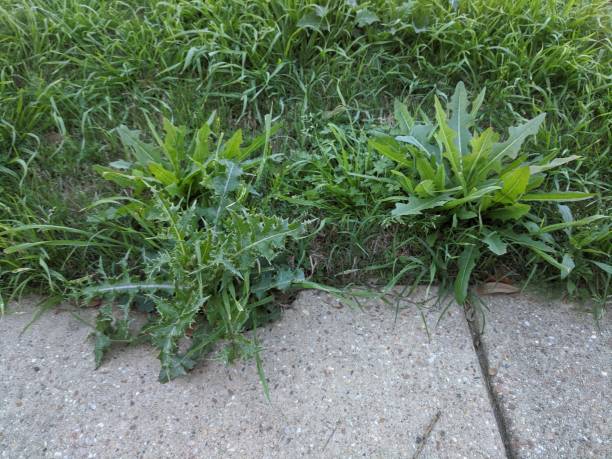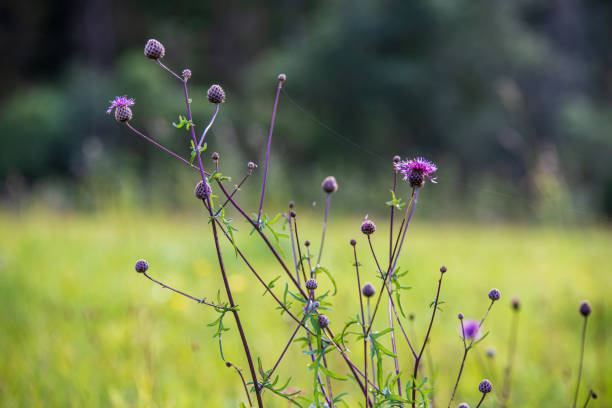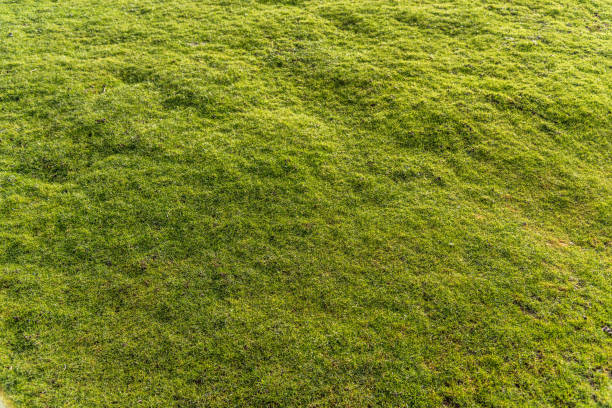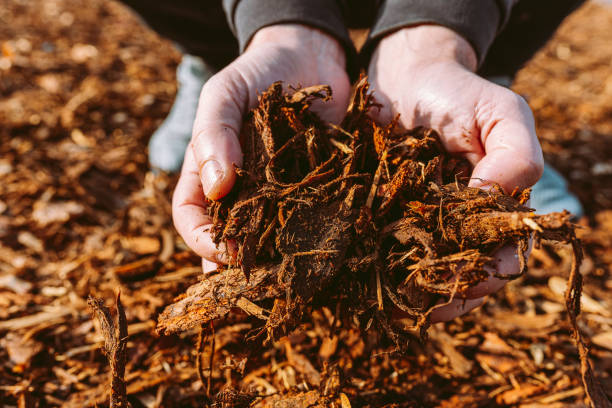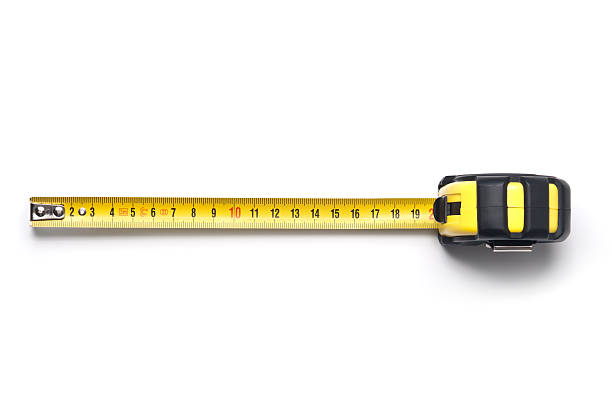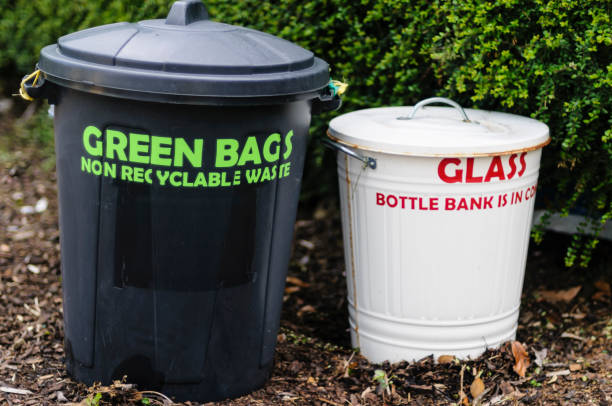Why Does My Yard Have So Many Weeds?
This post contains affiliate links. This means I will make a commission at no extra cost to you should you click through and make a purchase. Read the full disclosure here.Is your yard being overrun by weeds? Are you wondering why they keep appearing no matter how much effort you put into maintaining your lawn? Weeds can be a frustrating nuisance for any homeowner, but understanding the reasons behind their presence can help you tackle the issue more effectively. In this article, we will explore the various factors that contribute to weed growth and provide you with practical solutions for achieving a weed-free yard.
Introduction
Maintaining a lush and healthy yard is a goal for many homeowners. However, when weeds start invading the lawn, it can be disheartening. Weeds are opportunistic plants that thrive in less desirable conditions, and their presence can indicate underlying problems in your yard.
Understanding Weeds
Before we dive into the reasons for weed infestation, let’s gain a basic understanding of what weeds are. Weeds are unwanted plants that grow in locations where they are not desired. They can quickly colonize an area, compete with desirable plants for nutrients, water, and sunlight, and mar the aesthetic appeal of your yard.
Common Types of Weeds
There are numerous types of weeds that can infiltrate your yard. Some common examples include dandelions, crabgrass, clover, chickweed, and thistles. Each weed has its unique characteristics, growth patterns, and methods of reproduction.
Reasons for Weed Infestation
To effectively address weed problems, it is crucial to identify the underlying reasons for their infestation. Here are some common factors that contribute to the growth of weeds in your yard:
1. Lack of Proper Lawn Care
Neglecting essential lawn care practices such as regular mowing, watering, and fertilization can create an environment conducive to weed growth. Proper lawn care practices not only promote healthy grass but also discourage the establishment of weeds.
2. Poor Soil Health
Unhealthy soil lacking in nutrients, pH imbalance, or compacted soil can weaken the desired grass and provide an opportunity for weeds to take over. Ensuring proper soil health through soil testing, aeration, and regular addition of organic matter can help prevent weed growth.
3. Insufficient Sunlight
Some weeds thrive in shady areas where grass struggles to grow. If your yard has areas with limited sunlight, it creates an ideal environment for shade-loving weeds to flourish.
4. Inadequate Weed Prevention Measures
Failure to implement preventive measures such as using weed barriers, mulching, or proper weed seed removal can lead to weed invasion. Preventive measures act as a barrier to weed seeds, preventing them from germinating and establishing in your yard.
5. Invasive Weed Seeds
Weed seeds can be carried by wind, animals, or even brought in through contaminated soil or garden equipment. These seeds can lay dormant in your yard for years and then suddenly sprout, causing weed problems.
Environmental Factors and Weed Growth
Weeds are highly adaptable and can exploit environmental conditions that favor their growth. Factors such as temperature, moisture, and soil type can significantly impact weed growth. Understanding these environmental factors can help you develop effective weed control strategies.
Preventive Measures for Weed Control
Preventing weeds from taking hold in your yard is the best approach to weed control. Here are some preventive measures you can take:
1. Maintaining Proper Lawn Care
Regularly mowing your lawn at the appropriate height, watering deeply but infrequently, and fertilizing according to the needs of your grass can strengthen the turf and discourage weed growth.
2. Implementing Mulching Techniques
Applying a layer of organic mulch around plants and in garden beds can suppress weed germination and growth. Mulch acts as a physical barrier and also helps retain moisture in the soil.
3. Installing Weed Barriers
Using weed barriers, such as landscape fabric, beneath mulch or gravel can prevent weed seeds from reaching the soil and germinating.
4. Practicing Proper Lawn Seeding
Seeding bare spots in your lawn promptly can help prevent weeds from taking over the area. A thick and healthy lawn crowds out weed growth, reducing the chances of weed infestation.
Organic Weed Control Methods
If weeds have already established in your yard, there are several organic methods you can employ to control them:
1. Hand Pulling
For small weed populations, hand pulling can be an effective method. Ensure you remove the entire weed, including the roots, to prevent regrowth.
2. Using Organic Herbicides
Organic herbicides made from natural ingredients can provide control over certain types of weeds. These products are safer for the environment and can be a viable option for targeted weed control.
3. Applying Vinegar or Salt Solutions
A solution of vinegar or salt mixed with water can act as a non-selective weed killer. However, caution must be exercised while using these solutions, as they can also harm desirable plants.
Chemical Weed Control Methods
In some cases, chemical herbicides may be necessary to combat severe weed infestations. Here are a few considerations for chemical weed control:
1. Selective Herbicides
Selective herbicides are designed to target specific types of weeds while minimizing harm to desirable plants. Read and follow the instructions carefully when using these products.
2. Non-Selective Herbicides
Non-selective herbicides kill all vegetation they come into contact with and should be used with caution. They are best suited for spot treatment or controlling weeds in non-lawn areas.
Lawn Care Practices to Minimize Weed Growth
In addition to weed control methods, incorporating certain lawn care practices can help minimize weed growth:
1. Proper Mowing Techniques
Mowing your lawn at the correct height, typically removing only one-third of the grass blade at a time, can promote dense turf growth and prevent weed invasion.
2. Regular Watering Schedule
Watering deeply and infrequently encourages deep root growth in grass, making it more resilient against weed competition. Avoid frequent shallow watering, as it can promote weed seed germination.
Identifying and Removing Weeds
To effectively remove weeds from your yard, it is important to identify them correctly. Different weeds require different control methods. Here are some common techniques for weed removal:
1. Hand Digging or Pulling
For perennial weeds with deep roots, hand digging or pulling can be effective. It is essential to remove the entire root system to prevent regrowth.
2. Using Weed Removal Tools
Various tools, such as weed pullers or dandelion diggers, can help remove weeds with taproots or extensive root systems.
Dealing with Persistent Weed Problems
Persistent weed problems may require a combination of control methods. Here are some additional strategies to tackle stubborn weeds:
1. Spot Treatment with Herbicides
Using herbicides for targeted spot treatment can be effective against persistent weeds that are difficult to control manually.
2. Reevaluating Lawn Care Practices
Review your lawn care practices and ensure you are providing the optimal conditions for a healthy lawn. Adjust mowing height, watering schedule, and fertilization practices as needed.
Maintaining a Weed-Free Yard
Achieving a weed-free yard requires ongoing effort and vigilance. Here are some tips for long-term weed prevention and maintenance:
1. Regular Inspections
Regularly inspect your yard for any signs of weed growth. Early detection allows for prompt action, preventing weeds from spreading.
2. Proper Disposal of Weeds
Dispose of pulled or removed weeds properly to prevent reseeding or regrowth. Avoid composting weeds with mature seeds, as they may survive the composting process.
Conclusion
Weeds can be a persistent problem in any yard, but with the right knowledge and proactive approach, you can effectively control and minimize their presence. By understanding the reasons behind weed infestation, implementing preventive measures, and utilizing appropriate weed control methods, you can maintain a lush and weed-free yard.
FAQs
Are chemical herbicides safe for the environment?
Chemical herbicides should be used responsibly, following the instructions provided. Some herbicides can have environmental impacts, so it’s essential to choose the appropriate products and apply them as directed.
Can I use household vinegar to control weeds?
Household vinegar may have limited effectiveness in controlling weeds, especially tough perennial weeds. For more reliable results, consider using horticultural vinegar or organic herbicides specifically formulated for weed control.
How long does it take to see results when using organic weed control methods?
The effectiveness of organic weed control methods can vary depending on the type of weed, the application method, and environmental factors. In general, it may take several applications over a period of weeks to see significant results.
What is the best time to apply pre-emergent herbicides?
Pre-emergent herbicides should be applied before weed seeds germinate. Timing can vary depending on the region and the specific weeds you are targeting. It’s best to consult local gardening resources or seek professional advice for precise timing.
Is it possible to have a completely weed-free yard?
While it may be challenging to achieve a completely weed-free yard, implementing preventive measures, regular maintenance, and targeted weed control methods can significantly reduce weed infestation and create a healthier, more attractive lawn.

